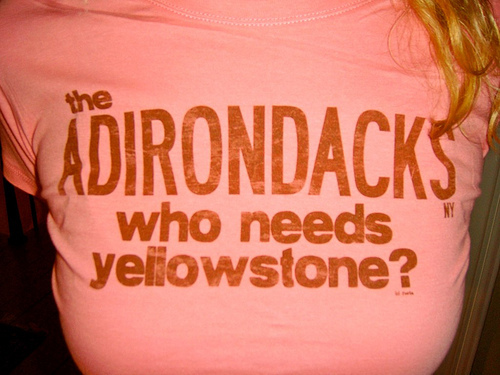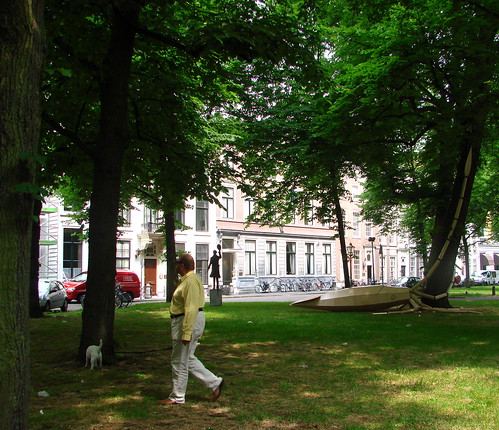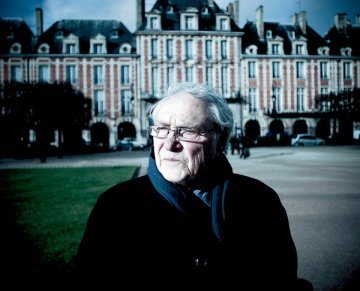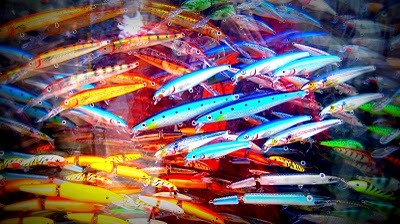This Road Leads to DrupalCon
I spent Sunday flying to San Francisco for this year’s DrupalCon. Attending this Drupal conference is a first for me. For the past few years. I’ve wanted to attend the conference but either personal or professional distractions came up that prevented me from attending the conference. This year is my year for DrupalCon and I’m anxious to get to know the Drupal community better than I have in the past.
While I do plan to do live blog updates during the Keynote addresses, I’m attending this conference less as a reporter and more as an attendee in a crowd of 3000 people. I spend way too much of my time through the year either leading IT discussions or managing the IT discussions that I rarely get a chance to just observe and listen. There are a lot of smart Drupal people and content management folks at this conference that I would be a fool to not take the opportunity and learn from the experts.
So this week you can expect a lot of Drupal talk. If you don’t want to hear about Drupal this week, I suggest you submit an article focused on your favorite CMS. I have a feeling I’m only going to be writing about Drupal this week…
via cmsreport.com
Hmmm… Where in this conference room is Bryan Ruby?!?! Sitting in front of me? Behind me?














